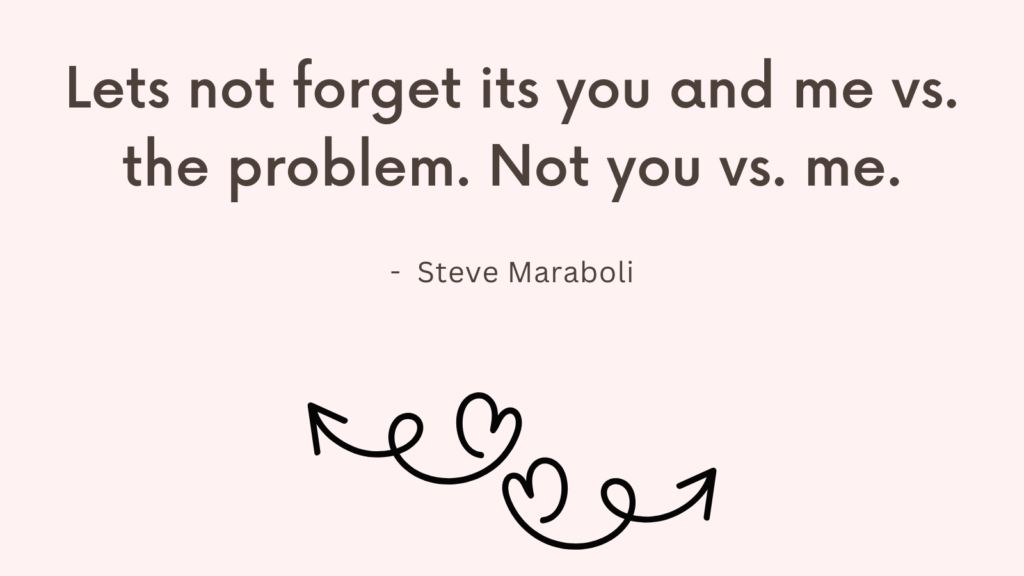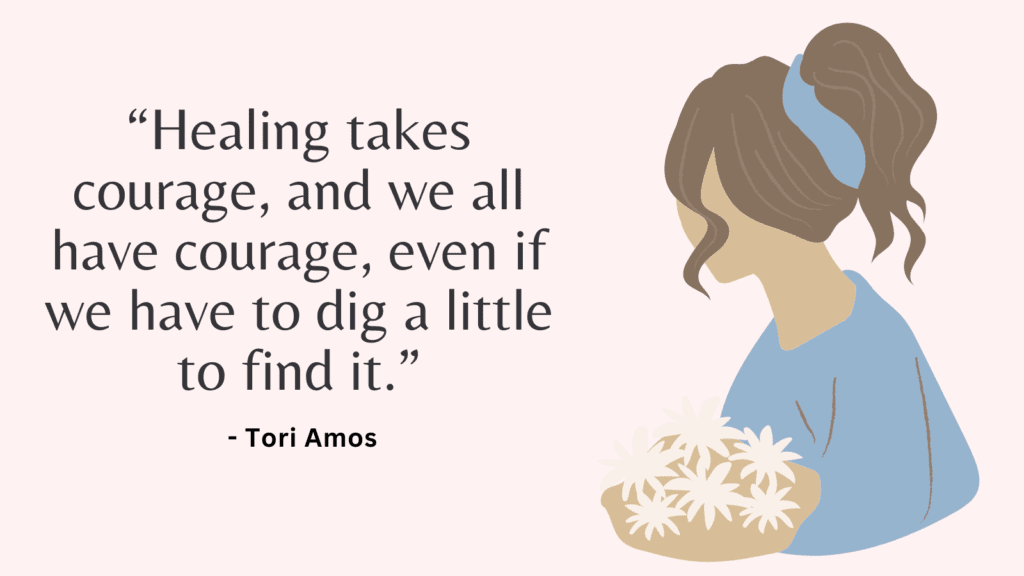This post contains top avoidant attachment triggers and deactivating strategies and tips on overcoming avoidant attachment style.
What Is Your Attachment Style?
Someone who’s ANXIOUS would probably show some of these signs:
– Wants a lot of closeness in the relationship.
– Expresses insecurities and worries about being rejected.
– Tries hard to keep your attention and interest.
– Has difficulty explaining what’s bothering him/her.
– Often takes things personally like when you come home tired and don’t want to talk, he/she might interpret it as “you don’t love me anymore”.
– Lets you set the tone for the relationship.
– Is suspicious you might be unfaithful.
Related: How to Stop Anxious Attachment Style from Ruining Your Love Life?
Someone who’s SECURE would probably show some of these signs:
– He/She is reliable and consistent. They phone when they say they’ll phone, don’t break promises or explain when they can’t keep it…
– Takes decisions with you and takes your preferences into account.
– Has a flexible view of the relationship as in not having a particular type of partner (a certain age, appearance…).
– Communicates relationship issues well and naturally expresses feelings for you.
– Can reach and compromise during arguments.
– Is not afraid of commitment and dependency. (*) (*) (*)
What Is Dismissive Avoidant Attachment?
Someone who’s AVOIDANT would probably show some of these signs:
– He/She sends mixed signals like sometimes calling a lot while other times not calling at all, or like saying something intimate such as “When we move in together…” but then acts as though you don’t have a future as a couple.
– Values his/her independence greatly and looks down on dependency and neediness
– Devalues you, even if only joking.
– Is always trying to distance himself/herself physically and emotionally, like preferring to go out with friends.
– Has an unrealistic romantic view of how a relationship should be.
– When disagreeing, he/she needs to get away.
Related: 10 Steps To End Fearful Avoidant Chase
Top 9 Avoidant Attachment Triggers
1. A partner wanting to get closer
2. Feeling the pressure to open up emotionally
3. A partner being demanding of their attention
4. Being criticized or feeling that they’re going to be judged by their loved ones
5. Not feeling acknowledged and approved of
6. Feeling like the relationship is taking up too much of their time and energy
7. Having their boundaries and personal space violatedHaving to depend on others
8. Unpredictable situations, emotional volatility in the relationship, or feeling out-of-control
9. Feeling that a lot is expected of them
Related: Best 9 Tips On How To Stop Avoidance Coping (+FREE Worksheets PDF)
7 Avoidant Attachment Deactivating Strategies
How Do Avoidants Maintain Distance In Their Relationships?
So they use some deactivating strategies in order to keep their distance.
Deactivating strategies include the following:
- Saying, or just thinking, that they’re not ready to commit—but stay together nonetheless.
- Focusing on their partner’s flaws and imperfections, and allowing it to get in the way of their romantic feelings.
- Flirting with others.
- Reminiscing over their ex-girlfriend/boyfriend.
- Pulling away when things are going well.
- Keeping secrets and leaving things foggy in order to maintain their independence.
- Avoiding physical closeness.
While these strategies can make sure your partner isn’t going to interfere with your autonomy, they’re also standing in the way of you being happy in your relationship.
In fact, your mind is governed by distorted beliefs about relationships that are resulting in disconnection with your partner.
These beliefs include the following:
Mistaking self-reliance for independence.
The avoidant’s strong belief in self-reliance can be a burden in romantic relationships. It reduces his ability to be close and diminishes the importance of getting support from other people.
It can also make the avoidant ignore his partner’s needs and concentrate only on his.
Dwelling on the negative side of your partner more than the positive one.
People with an avoidant attachment style are found to see their partners less positively than non-avoidants.
Even when their partners’ behavior indicated supportiveness and warmth, they can dismiss any closeness and ignore and diminish the value of their partners’ loving behavior.
Longing for the Ex and looking for “the one”.
Longing for someone from their past or convincing themselves that the right person is just around the corner is one of the most powerful tools, avoidants use to keep their distance in a relationship.
This belief can make someone with an avoidant attachment style convince himself that he’s fine and that the problem is with the person they’re with.
This strengthens the avoidant’s belief that the reason why he can’t find happiness in a relationship has little to do with him and a lot to do with external circumstances, which in order leads him to remain stuck.
He rarely searches inside himself for the reason for his dissatisfaction or seeks help when his partner suggests it.
However, this type of thinking can be changed. You need to be more self-aware of the thought patterns that deny you the ability to get close to someone.
Then, you need to identify instances in which you employ these beliefs and behavior in order for you to be able to change them.
Related: Best 5 Avoidant Personality Disorder Books

7 Tips On Overcoming Avoidant Attachment Style
1. Identify deactivating strategies
When you’re excited about someone and then all of a sudden you feel like he/she’s not right for you, stop, and ask yourself if this is a deactivating strategy you’re using to keep that person at bay.
Remind yourself that you need intimacy despite your discomfort with it.
2. De-emphasize self-reliance and focus more on mutual support
When you start feeling less need to distance yourself, your partner will feel more secure leaning on you.
This will make you more independent, and make your partner less needy.
Related: How To Stop Caretaking? Best 9 Ways to Start Receiving More In Life & Relationships
3. Find a secure partner
People with a secure attachment style tend to make anxious and avoidant partners more secure as well.
In fact, when you’re with someone who’s anxious, his constant need for intimacy can trigger your avoidance.
Related: How to Attract A High-Quality Man? (+Ice Breaker Questions For Dating)
4. Be aware of your tendency to view your partner negatively
Recognize your tendency to view your partner’s behaviors negatively.
Remind yourself that you chose to be with this person and that you can trust that they have your best interests at heart.
5. Make a relationship gratitude list
When you have an avoidant attachment style, it’s easy for you to often think negatively of your partner.
By keeping a relationship gratitude journal where you write down positive behaviors or qualities of your partner, however minor it can be, that you noticed that day.
This might not come naturally to you, but with some practice and perseverance, you’ll find more and more to be grateful for every day.
Related: Best 50 Ways To Stay In Love Forever With Your Partner
6. Forget about the Ex, and “the one”
When you find yourself reminiscing about your ex, stop and remind yourself that he/she wasn’t that perfect.
After all, the relationship ended for a reason. As for the one, don’t wait until the one who fits your checklist shows up. You have to be an active part in the process.
You need to choose them and allow them to get close.
By forgetting about the ex and “the one”, you can stop using them as a deactivating strategy and focus on your partner.
7. Try the distraction strategy
It’s easier for an avoidant to get close to their partner when there’s a distraction.
By focusing on activities like hiking, exercising, or preparing a meal together, you’ll be able to let your guard down and make it easier to access your loving feelings.
FREE Printable Relationship Worksheets (PDF)
References
- What Is Dismissive-Avoidant Attachment? (verywellmind.com)
- Avoidant Attachment Style: Causes and Adult Symptoms (attachmentproject.com)
- Dismissive Avoidant Attachment in Adults – Psychologist – Miami, FL (envisionwellness.co)
- Dismissive Avoidant Attachment Style: What You Need to Know – Modern Intimacy
- Type: Dismissive-Avoidant Attachment Style | Jeb Kinnison



